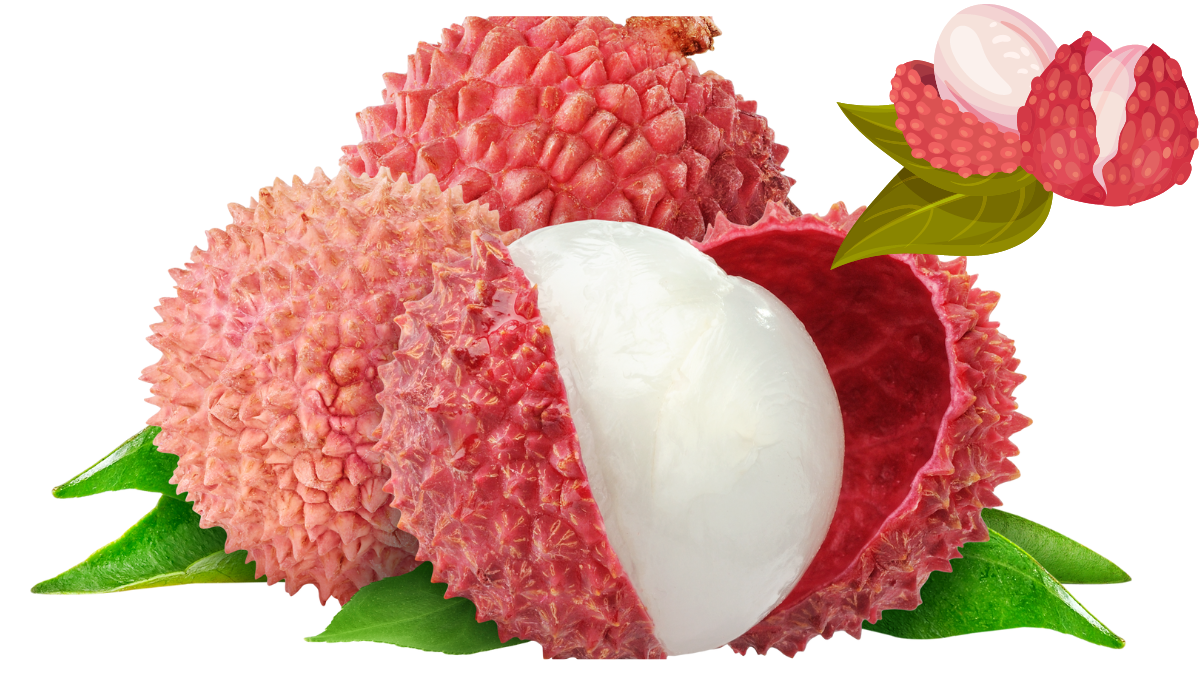SEBI Shortens Commodity Derivatives Delivery Period to Boost Liquidity
In a strategic move to improve liquidity in the commodity derivatives market, the Securities and Exchange Board of India (SEBI) has reduced the deliverable period for commodity derivatives from the previous 5 days to 3 days. This regulatory change is set to take effect from July 1, 2024, and will apply to contracts with staggered delivery scheduled after this date.
Addressing Market Demands and Expert Recommendations
The decision to shorten the delivery period was driven by representations from market participants and recommendations from the Commodity Derivatives Advisory Committee. By actively engaging with industry stakeholders and experts, SEBI aims to create a more efficient and responsive trading environment for commodity derivatives.
Improving Liquidity in Delivery-Based Derivatives
The primary objective behind this regulatory change is to improve liquidity in delivery-based commodity derivatives. By reducing the delivery period, SEBI seeks to enhance the overall trading efficiency and attract more participants to this segment of the commodity futures market.
Understanding the Staggered Delivery Period
The staggered delivery period is a crucial concept in commodity derivatives trading. It refers to the period before contract expiry when buyers and sellers with open positions can indicate their intent to give or take delivery. All compulsory delivery commodity futures contracts must include a staggered delivery period, making it a critical component of the trading process.
Standardizing Delivery Schedules
In 2019, SEBI introduced a minimum duration for the staggered delivery period, recognizing the need for standardization across different exchanges. At the time, the regulator noticed that various exchanges were following different delivery schedules, which could lead to confusion and inefficiencies in the market. By establishing a uniform minimum period, SEBI aimed to create a level playing field and promote transparency.
Enhancing Market Efficiency and Attractiveness
The reduction of the delivery period from 5 days to 3 days is expected to have a positive impact on the liquidity and efficiency of the commodity derivatives market. By shortening the time frame, SEBI aims to facilitate quicker settlement and delivery processes, reducing the potential for price fluctuations and mitigating associated risks.
Moreover, this regulatory change aligns with SEBI’s broader goal of fostering a more attractive and investor-friendly environment in the commodity derivatives market. By addressing the concerns and recommendations of market participants, the regulator demonstrates its commitment to continuously enhancing the trading ecosystem and promoting growth in this segment.
As the July 1, 2024, implementation date approaches, market participants, including traders, brokers, and exchanges, will need to adapt their operations and strategies to comply with the new delivery period regulations. Effective communication and seamless implementation will be crucial to ensure a smooth transition and maximize the intended benefits of improved liquidity and trading efficiency in the commodity derivatives market.










